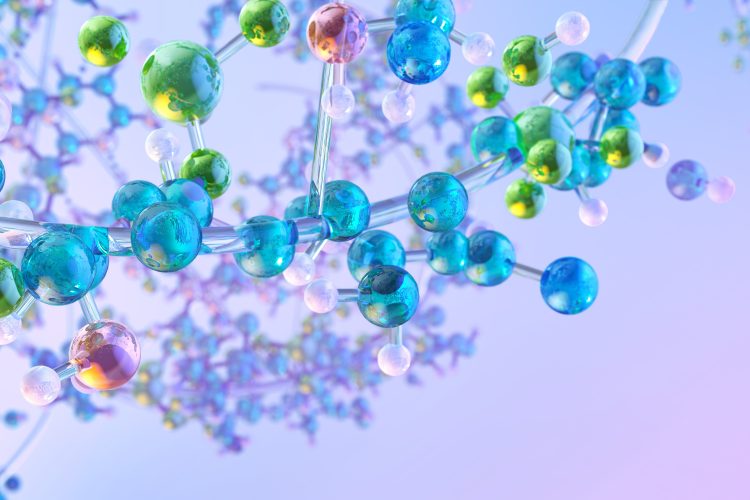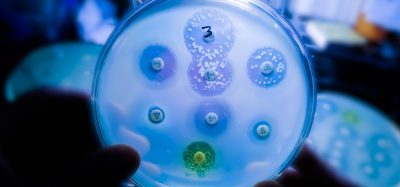Elucidating the aggregation rules for short peptides
Posted: 3 September 2024 | Drug Target Review | No comments yet
The findings could aid the design of more stable drugs and improve the understanding of diseases linked to peptide aggregation.


Researchers at Westlake University, Xi’an Jiaotong-Liverpool University, Tsinghua University and Wenzhou Medical University have explored how short peptide chains aggregate, so that this process, which is essential for drug stability and material development, can be elucidated further. Their findings will have an important role in the fields of medicine and biotechnology.
Using molecular dynamics simulations with advanced AI techniques, including deep learning models such as Transformer Regression Networks, the team predicted how tetrapeptides and pentapeptides would aggregate based on their amino acid sequence.
From their analysis of 160,000 tetrapeptides and 3.2 million pentapeptides, they found that particular amino acids, especially aromatic ones like tryptophan, phenylalanine and tyrosine, greatly improve aggregation, particularly when located towards the C-terminus of the peptide chain.
It is probable that aromatic amino acids have ring-shaped structures that attract each other by “π-π” interactions. Contrastingly, hydrophilic amino acids, like glutamic acid, inhibit aggregation because of the strong interaction with water molecules that stop the peptides from sticking together.
Also, the team demonstrated that altering the amino acid sequence impacts aggregation. For example, adding aromatic amino acids to the end of the peptide chain increases aggregation, yet placing negatively charged amino acids at the beginning lessens it. Furthermore, it was discovered that peptides clump together into different shapes, according to the types and positions of their amino acids.
Dr Wenbin Li, assistant professor at Westlake University and corresponding author of the study, commented: “Amino acids with a charge generally cause peptides to form long, thread-like structures, while those that avoid water tend to create round, ball-like clusters…We also discovered that by understanding how tetrapeptides stick to each other, we can predict how pentapeptides will behave, making it easier to predict how longer peptides will clump together.”
First author of the study Dr Jiaqi Wang, assistant professor at Xi’an Jiaotong-Liverpool University (XJTLU), added: “This knowledge could help in creating new materials, designing more stable drugs and drug delivery systems, and understanding diseases linked to peptide aggregation, such as Alzheimer’s disease, where clumped amyloid-beta peptides form damaging plaques in the brain.”
He concluded: “By offering new insights into peptide aggregation, this research is set to advance biochemistry, materials science, and computational biology. It also demonstrates the integration of AI into scientific discovery. These advances could lead to breakthroughs in medical treatments, eco-friendly products, and innovative technologies.”
This study was published in JACS Au.
Related topics
Amino Acids, Drug Delivery, Drug Development, Peptide Therapeutics
Related conditions
Alzheimer's disease (AD)
Related organisations
Tsinghua University, Wenzhou Medical University, Westlake University, Xi’an Jiaotong-Liverpool University








